There is no sweeter sound than that of children singing. It is so clear and pure. It can fill your heart with joy but also bring a tear to your eye. What better time of year to sing with children than at Christmas!
Connection between Singing and Reading Fluency
With WriteReader, you can create Christmas song booklets with conventional text to project on the SmartBoard and sing together in class. Students could type out the words and you can add the ’adult’ writing in the bottom text field. Sometimes children have a hard time thinking of a writing topic. However, this wouldn’t be the case with Christmas songs. They can choose their favorite carol and easily ’write’ it, since they already know the words. Give them a challenge to find funny pictures to go with their lyrics. You could also assign carols to pairs of students so that you have a variety of songs to publish and print. They can then sing the songs with a partner.
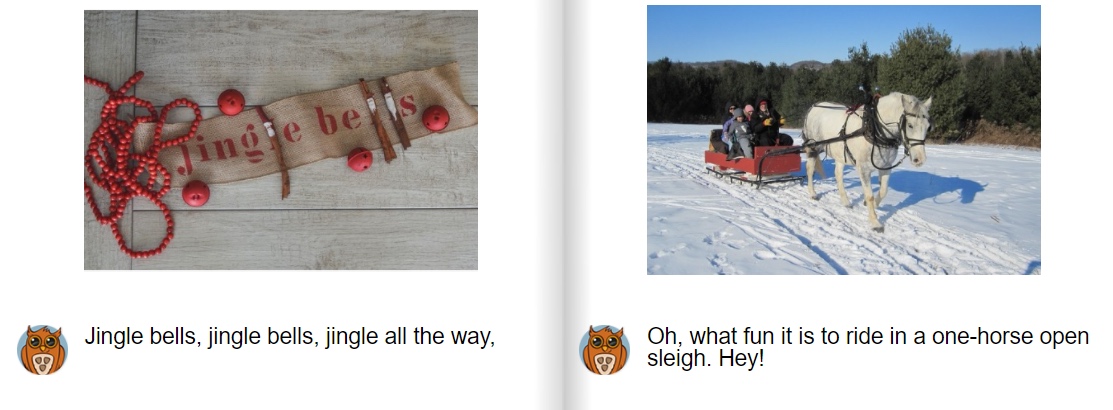
Singing is a great way for children to practice reading. They often know the songs by heart already; so, they can easily make a connection between the words they are singing and the printed lyrics. Reading fluency is greatly enhanced by word prediction and automatic word recognition.
Rhythmic Nature of Language
The other reason that singing promotes fluent reading is that the melody and the beat carries the reader along. It is the ultimate form of choral reading. Everyone is reading the lyrics and singing the song in unison. The music is what sets the pace. The beat can be accentuated by adding clapping, snapping, or simple percussion instruments. Hearing or feeling the beat is what will help readers to understand syllables. Through singing, children can learn about the rhythmic nature or cadence of language, which is also present in speech and oral reading.
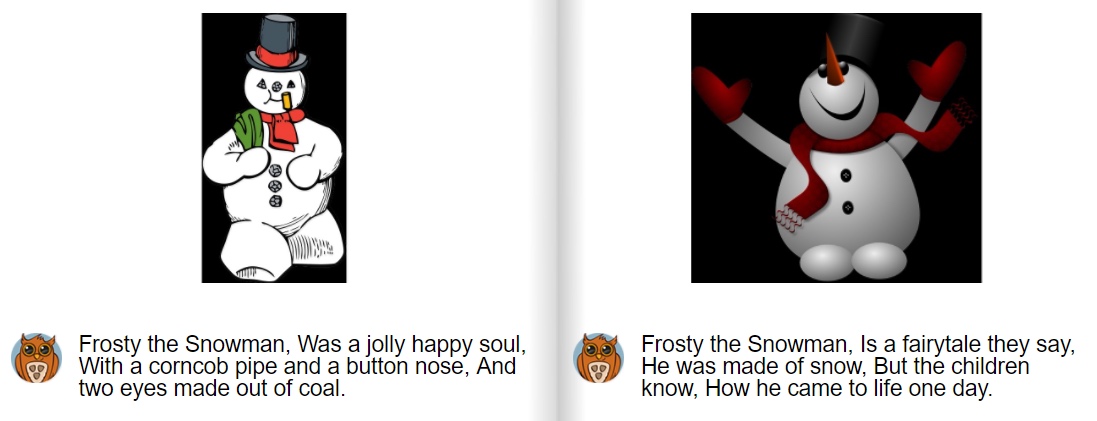
Phonemic Awareness
Rhyming words in songs and poetry are yet another support for beginning readers and English Language Learners. Rhyme helps to develop phonemic awareness, and children must have phonemic awareness to experience success in reading. As teachers and parents, we can provide lots of opportunity with rhyming words when we teach them songs and and poems. There are plenty of seasonal and holiday songs to choose from in every language and culture.
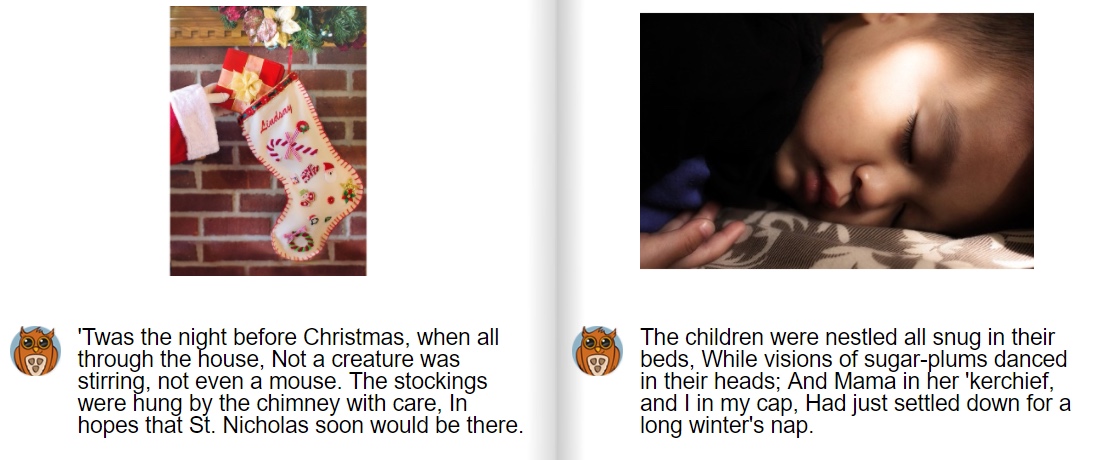
Rhyming Poetry
In a 2016 study, researchers advocated for the use of rhyming poetry to teach phonics. (The full article was published in the
International Journal of Instruction
.) The article makes a strong case for this by stating that ’perhaps the most important patterns to teach early readers are the vowel-consonant combinations called word families, phonograms, or rimes.’ (p. 167) A table in the article shows that children will be able to read or spell 654 one-syllable words simply by having knowledge of the 38 most common word families or ’chunks.’ Isn’t that amazing?! Songs and poems certainly provide lots of exposure to these word families.
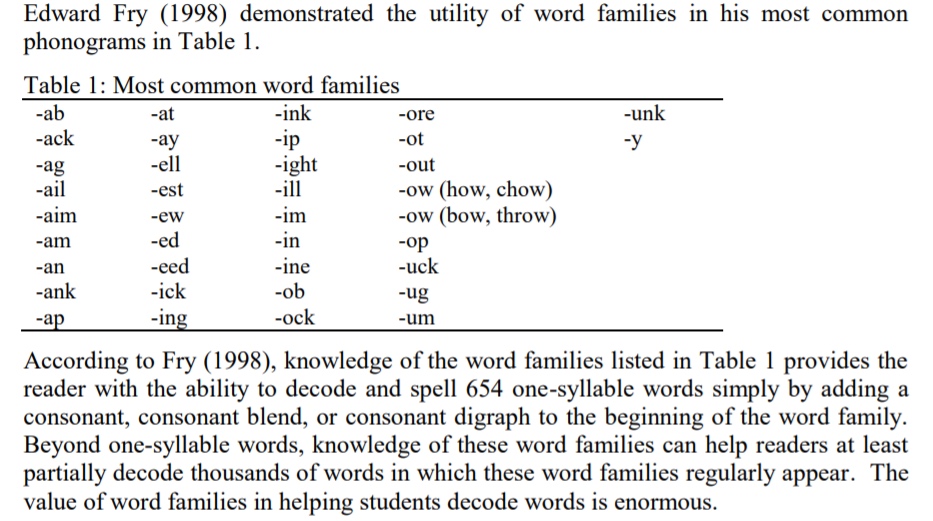
Word Play
There are lots of ways to play with rhyme through sound deletion and sound substitution. Brainstorm together to create a rhyming word list. Use an existing nursery rhyme or song and change a few words to fit the Christmas theme. For instance, instead of ’Hickory, Dickory, Dock,’ you could write:
Hickory, dickory, dee,
The mouse ran up the Christmas tree,
The lights went out,
My mother did shout!
Hickory, dickory, dee.
Write the class poems on chart paper. Students can type or record their favorite one as a WriteReader booklet to share at home.
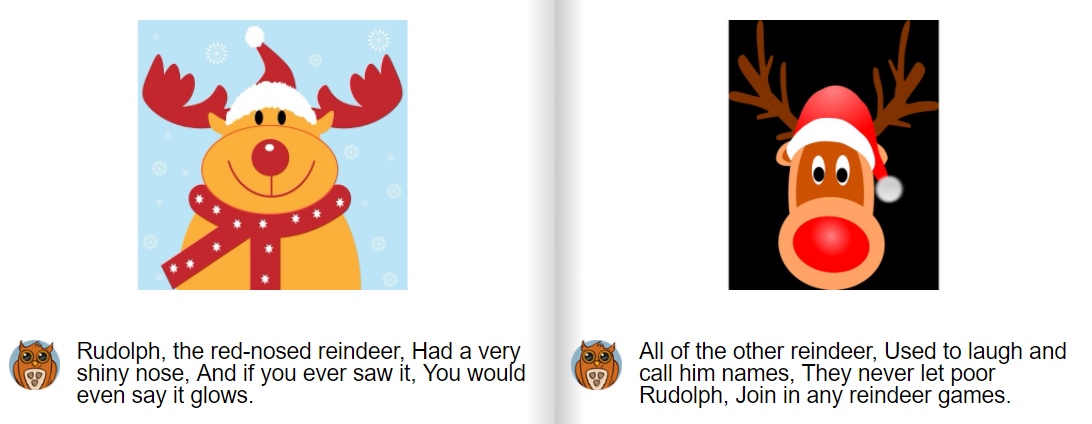
Make some ’joyful noise’ in your classroom this Christmas season through singing, reading, writing, and laughing!
